John Hurrell – 6 May, 2022
Elegant and minimal with their emphasis on planar surface, corner, strip, and edge, the compositions are either frontal and symmetrical, or with gently gradual asymmetrical diagonals. Their understated gorgeousness is hard to define, related to the apparent simplicity and the austerity of no ornamentation. The warm simmering colour is barely detectable, allusions to fairytales and dollhouses (via a few constructed forms and their scale) gently whispered.
Auckland
Marie Shannon
Sleeping Near the River + New Works
20 April - 11 June 2022
Eleven delicately coloured photographs and two videos are presented by Marie Shannon at Trish Clark Gallery, most of the work created during a 2019 Tylee Cottage residency in Whanganui. The stark prints feature soft light raking over an unadorned ceiling (with lampshaded bulb)—or beams and walls—inside the provided two-storied house, along with similarly restrained shots of 1:10 cardboard models of various related internal architectural fixtures.
Elegant and minimal with their emphasis on planar surface, corner, strip, and edge, the compositions are either frontal and symmetrical, or with gently gradual asymmetrical diagonals. Their understated gorgeousness is hard to define, related to the apparent simplicity and the austerity of no ornamentation. The warm simmering colour is barely detectable, allusions to fairytales and dollhouses (via a few constructed forms and their scale) gently whispered.
There is a playful confusion between the found lived-in interiors or used architectural fixtures, and the smaller domestic replicas, and sometimes they are presented juxtaposed. The three-dimensionality of the cardboard model cottage (resting on a sheet-covered table), like the referenced dwelling into which it becomes inserted, is accentuated by the carefully considered angled planar lines of perspective that exploit the diffuse light for maximum effect.
Of the two videos, Sleeping Near the River is show-cased in the exhibition’s title as a particularly important work. The constantly occurring moving image used as a backdrop for the voice-over is the swirling waters of the Whanganui River, alluding to a type of turbulent collective unconscious into which the artist is immersed when she is dreaming. Shannon kept a diary recording fragments of 29 dreams (by virtue of the cottage’s location, she happened to sleep close to the river) and has published a small book of these writings (not to be confused with another also excellent publication: of interviews with Greg Donson, the Sargeant’s curator). From the line-up of anxiety-ridden dreams, naturally described in the first person, she presents in this video a selection of recited first lines.
The result is that the listener is deliberately left in mid-air by these openers—here are four examples: I was at a friend’s house and they were showing me their new shark; I had a yoga class at my teacher’s house and I had to go to the bathroom; I was locked in the upstairs room of an old concrete building and I realised my mother had the key; I was sharing a flat with several other people, and they were making methamphetamine in preparation for a party—so they then are challenged to extemporise on the rest, imaginatively filling in the middles and endings. (Or make cross-connections between accounts.) Or they can seek out Shannon’s book and see if she herself resolves any narrative tensions.
This is a wondrously enthralling exhibition—Shannon at her very very best—inviting viewer mental participation, and loaded with atmosphere, pleasure in the act of making, delight in observing everyday natural phenomena, and much pondering about childhood (with no cuteness) and any creative adult’s reveries, oneiric sleep-induced visions, and unconscious mind.
John Hurrell
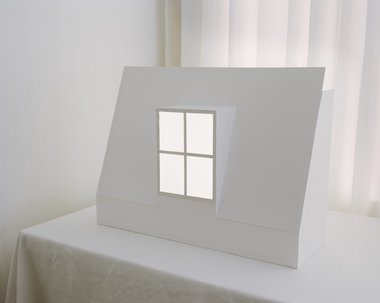
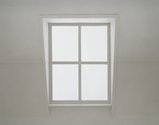
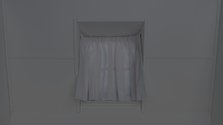

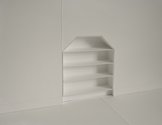
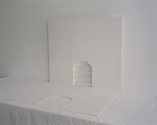

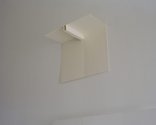
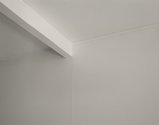
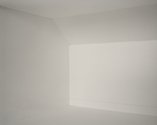
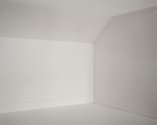
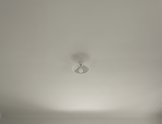
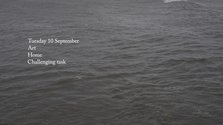
 Advertising in this column
Advertising in this column Two Rooms presents a program of residencies and projects
Two Rooms presents a program of residencies and projects



This Discussion has 0 comments.
Comment
Participate
Register to Participate.
Sign in
Sign in to an existing account.